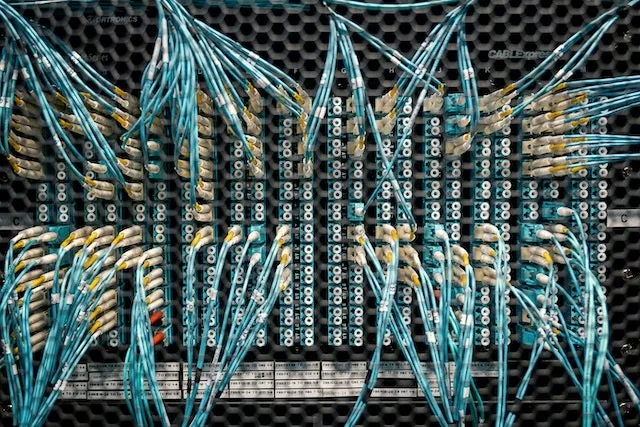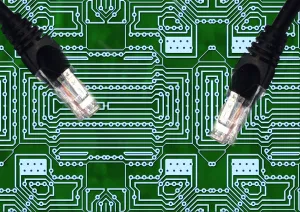Why is Fiber Internet Essential in the Modern Era

Right now, everyone wants fiber-optic internet. As more Americans become aware of how swiftly data can be transferred through fiber-optic lines, they seize the chance to do so.
Although fiber-optic internet connections, such as Ziply Fiber Internet are the fastest and most dependable options available, it might be difficult to get those priceless internet light beams to your devices.
Here is everything you need to know if you’re considering switching to fiber-optic internet for the first time.
What exactly is Fiber?
Fiber is a term used to describe the transport of data using light pulses across glass fiber-optic cables. Fiber has the ability to carry data at fast rates across great distances, providing a variety of high-speed choices that can be tailored to your requirements.
Your connectivity is safe, dependable, and much faster with fiber. Additionally, unlike broadband connections, fiber doesn’t experience electrical outages since it delivers data as light pulses rather than electrical pulses.
Broadband was a popular and cost-effective alternative in previous years due to its widespread availability, but the rapid rise of fiber-optic cables rapidly showed its capacity to outperform broadband. Fiber has a foundation that enables consumers to experience constant performance and dependable speeds even during times of peak usage and updated infrastructure.
How is Fiber-Optic Internet Installed?
How is fiber internet installed in the first place? It is not something you can install yourself, in contrast to other sorts of internet connections (like wireless home internet).
In most cases, new underground wires must be laid before being extended from a nearby equipment box to a smaller utility box close to your home. They employ this method to deliver a fiber internet connection to your particular home.
One of the challenges in bringing high-speed internet to rural areas is the cost for the providers of burying the wires. Urban dwellers are more likely to have access to fiber, but even then, it depends on where they live.
Benefits of Fiber-Optic Internet
Let’s take a look at the two key benefits of fiber-optic internet:
Increased Dependability and Output
Many factors make fiber internet more dependable, including its physical benefits over dated copper connections and its capacity to carry large numbers of users and data without performance degradation.
Fiber provides dependable, low-latency connectivity that won’t fail you during periods of high demand. This not only results in less lag but also lessens the possibility of typical bandwidth issues like throttling.
Equal Upload Speeds
Although cable upload speeds are only a small percentage of those of fiber, cable download speeds are essentially equivalent.
As opposed to this, fiber offers symmetrical upload and download speeds. This implies that if you have a 1 Gbps download speed, you also have a 1 Gbps upload speed.
The main factor is download speed because the majority of online activities, such as viewing videos, reading the news, or simple web browsing, hardly ever require upload speed.
But, upload speed becomes more significant as more people begin using the internet for video conferencing and live streaming. When it comes to upload speed, nothing beats fiber.
How Much Does Fiber-Optic Internet Installation Cost?
There are two ways to look at the price of installing fiber internet: from the perspective of the firm as well as you, the customer.
Customers would likely have to pay a technician from their service provider to come to their home and connect it to the main network, as we mentioned above.
The procedure will take a little bit longer if you have never had fiber home internet at this address). The expert will assist you to access your home network and make sure your Wi-Fi is operating properly. The typical price ranges from $70 to $100.
It gets a little trickier for providers. The digging of the trench and burying of the cables account for the majority of the fiber installation costs.
When linking a sizable neighborhood or metropolitan region, providers can quickly recoup those costs, but it is considerably more expensive to establish those connections to rural areas where there may be miles between homes.
How to Choose a Fiber Internet Service
The next step is to choose the best fiber-optic internet provider for your requirements after weighing your connectivity options. These are some important qualities to look for in a provider:
- Scalable, quick connectivity
- Extensive accessibility
- Affordable prices
- Support from professionals
- Enhances security features
All in All
The most stable connection is fiber internet, even though getting it connected can occasionally be difficult due to issues including a lack of technicians and misunderstandings. Fiber is less prone to damage or hacking, and weather-related signal interference is reduced (like rain or heat).
Fiber is also the best choice for the future. Fiber uses far higher frequencies and experiences significantly less energy loss over long distances since it transmits data by light rather than electricity.







